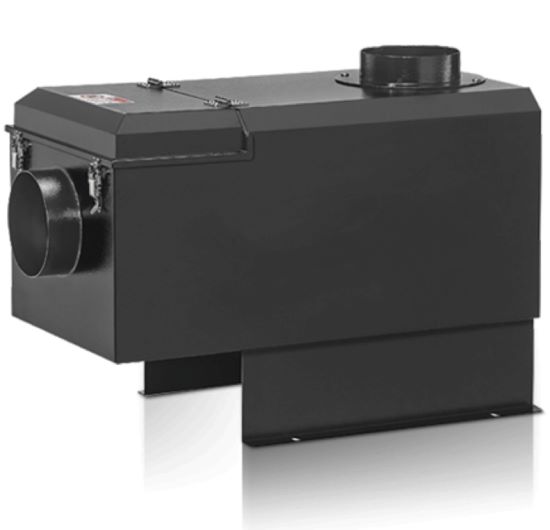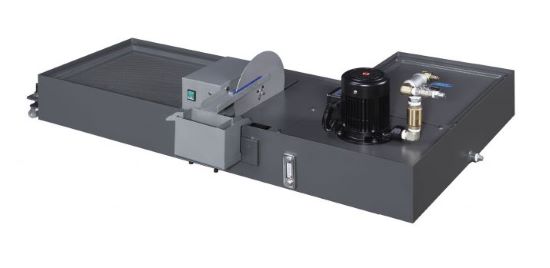May 21, 2025
BlogEnergy Efficiency and Carbon Reduction in CNC Machining

Adoption of Energy-Efficient CNC Equipment
The design of energy-efficient CNC equipment increasingly focuses on reducing energy consumption per finished part. For example, new-generation machines are equipped with low-power control systems that can dynamically adjust power output based on machining demands. In addition, high-efficiency variable frequency drives and intelligent cooling systems not only extend machine lifespan but also help lower overall carbon emissions. [1][2][3]
Process Optimization to Reduce Carbon Emissions
Optimizing tool paths and machining parameters can significantly reduce unnecessary spindle movement and idle travel. These improvements help lower energy usage and shorten cycle times. Furthermore, with real-time monitoring and machine learning analytics, it's possible to accurately predict maintenance needs, minimizing unexpected failures and related energy waste. [2][3]
Smart Energy Management Systems
Integrating smart energy management systems allows for real-time monitoring of energy consumption across machines and can automatically adjust speeds and operating modes based on production loads. For instance, when a lower load is detected, the system can shift to low-power mode to conserve energy. These systems enable a data-driven, precise approach to carbon management while advancing Industry 4.0 initiatives. [1][3]
Integrated Systems for Low-Carbon Manufacturing
- Coolant system
- Oil mist collector

- Oil and water separator

Coolant systems, oil mist collectors, and oil and water separators are key technologies driving CNC machining toward low-carbon manufacturing. Traditionally, coolant systems are a major source of energy and water usage. With growing environmental awareness, many machines now employ minimum quantity lubrication (MQL), closed-loop cooling, and advanced filtration systems to significantly reduce both power and coolant consumption while minimizing water waste. Mist collection systems capture airborne pollutants, and when combined with coolant recovery and oil-water separation technologies, they further enhance resource efficiency and reduce environmental impact. This integrated approach not only supports carbon reduction goals but also improves machining efficiency and workplace air quality.[1][2][3]
CNC Machining's Role in a Sustainable Supply Chain
CNC machining offers exceptional precision and consistency, helping to reduce defects and material waste. Key elements in building a sustainable supply chain. Through digital production and energy data tracking, manufacturers can demonstrate their low-carbon commitment to downstream clients, strengthening their sustainability branding. [2][3]
Citations:
[1] Sustainable CNC machining operations, a review
[2] Reducing Carbon Footprint: How CNC Technologies Can Lead the Way
[3] Sustainability in CNC: Green Practices and Eco-Friendly Innovations